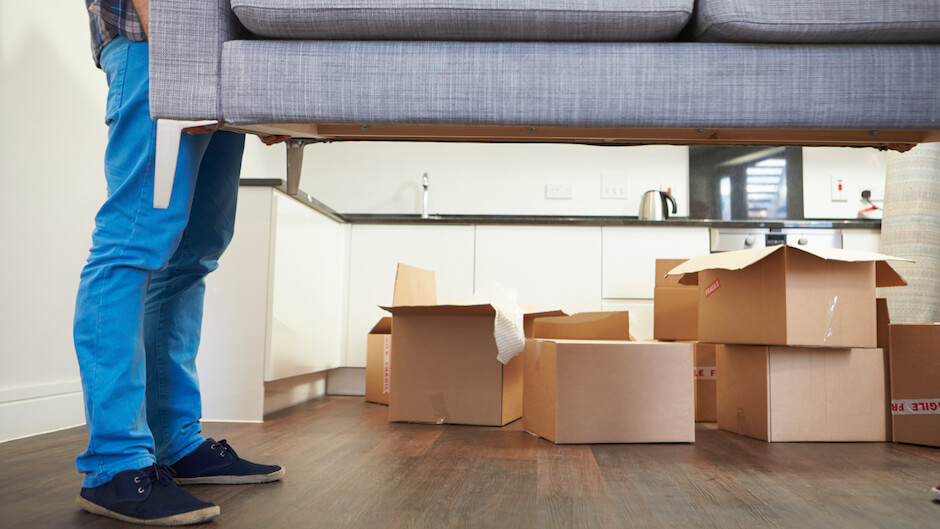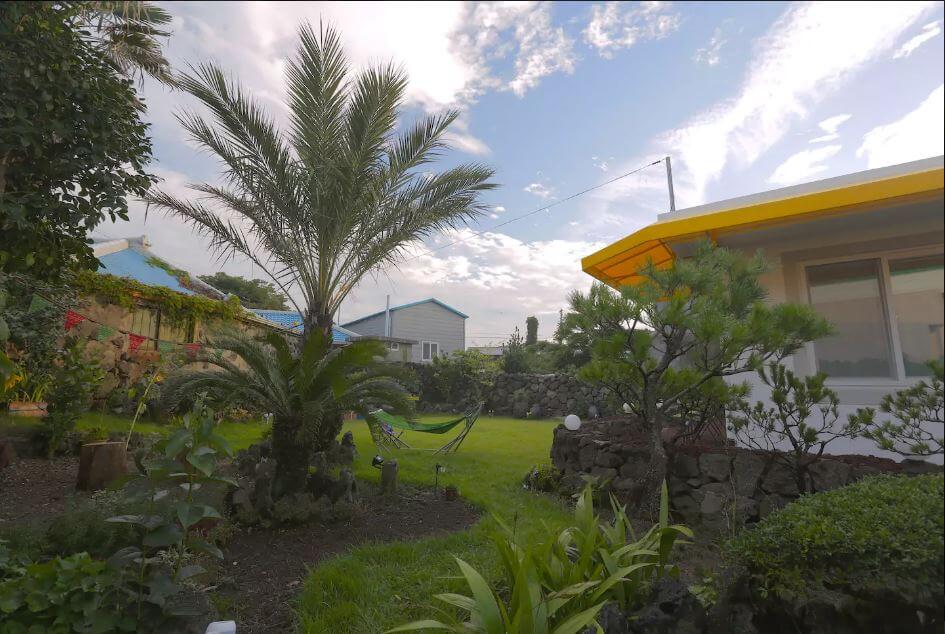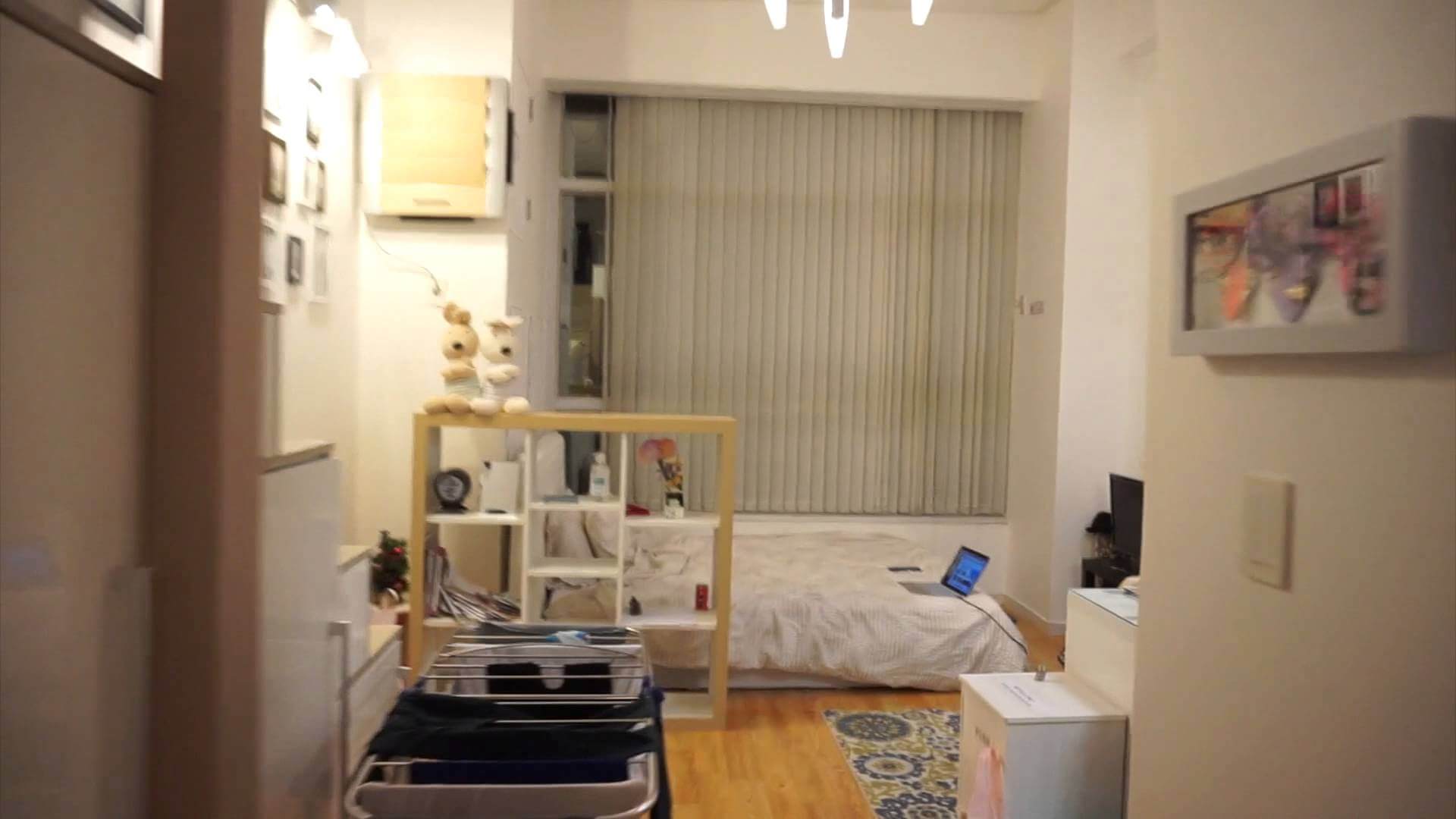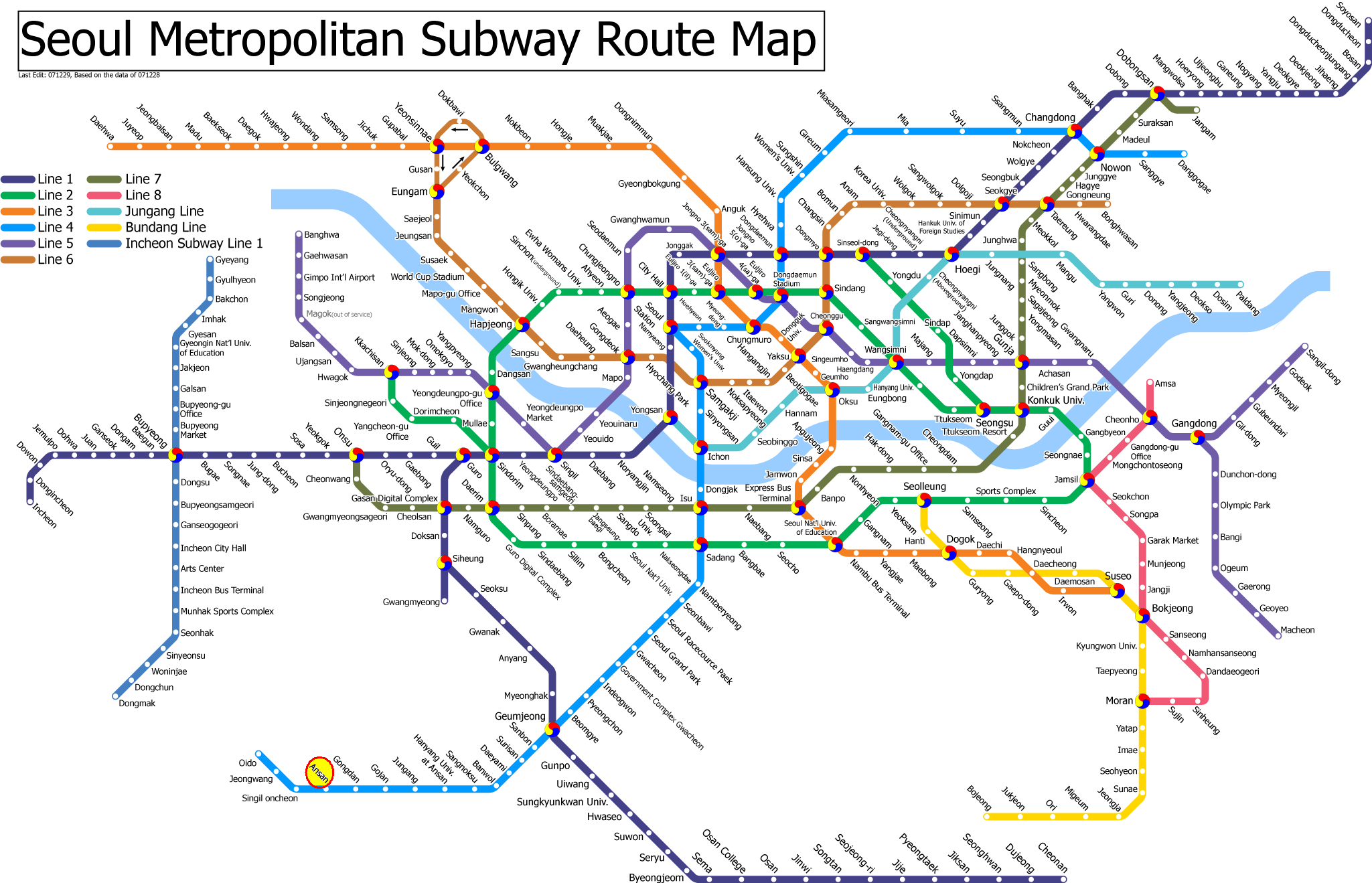Korean How-To Guide: Rent Your Own Apartment in Korea
Between the language barrier, the conflicting information available online, and all the confusing terms, finding an apartment in Korea is no easy task. We asked the guys from Your Ultimate Apartment to share their expertise.
 Joseph appreciates a balanced perspective. He grew up on both the east and west coasts of the United States, and continued on to Busan and Seoul in South Korea. As co-founder of Your Ultimate Apartment, he enjoys helping expats find great housing in Korea, especially if it’s near the beach.
Joseph appreciates a balanced perspective. He grew up on both the east and west coasts of the United States, and continued on to Busan and Seoul in South Korea. As co-founder of Your Ultimate Apartment, he enjoys helping expats find great housing in Korea, especially if it’s near the beach.
Some people coming to Korea for the first time find that their provided housing falls far below their expectations. The housing system here is unique and very foreign to most people coming from Western countries, so it can be intimidating to try and find housing on your own.
Although your housing may be connected to your job, you do have options. The key is to understand where you are now and where you want to be. Once you know that, you can come up with a plan to get there.
Below are seven steps that will help you get set up with your ideal apartment in Korea.
1. Understand the System
In order to get a place on your own in Korea, it’s critical that you know how the housing system works.
Leases are typically one or two years, but can be shorter term depending on your parameters and the available options.
In many parts of the world, tenants pay a deposit plus a monthly rent, with the deposit amount often being equal to one or two months’ rent. In Korea, leases are mostly done using either the jeonse or wolse system.
If you’re doing jeonse, that means you are putting down a large chunk of money (commonly known as key money) in order to live in the house rent-free.
As long as the agreed obligations are met at the end of the lease term, the tenant gets all of the money back. However, the key deposit amounts can be quite high, since they are typically 40 – 90% of the market value of the house. On a studio with a 100,000,000 won market value, expect to pay a key deposit of 40,000,000–90,000,000 won using the jeonse system.
Since this is a large chunk of cash, the more popular option among expats and international residents is to go with the wolse system. This requires a key deposit of 5,000,000 – 30,000,000 won plus a monthly rent. There is some negotiation possible, and higher key deposit amounts translate into lower monthly rent amounts. It is possible to find apartments with key deposits lower than 5,000,000 won, but the choices will be more limited and the monthly rent will be higher. Monthly rental fees using the wolse system vary greatly, with Seoul being considerably more expensive than other parts of Korea.
A completely unfurnished villaAlthough not always the case, the majority of Korean apartments are not furnished. The typical appliances included are an air conditioner and stove top, but there are also some completely unfurnished units.
Pre-owned appliances can be purchased in most neighborhoods and sold back to the same store at the end of the lease term. The typical utilities fees are electric, gas, and water, which the tenant pays.
Internet is sometimes included, but usually is the responsibility of the tenant. There is also sometimes a gwanlibi (building maintenance fee; 관리비) that must be paid to the landlord in addition to the rent. This gwanlibi sometimes includes the Internet service.
Quick Definitions
Jeonse (전세) – A housing agreement where the tenant pays a large key money deposit but no monthly rental fee.
Wolse (월세) – A housing agreement where the tenant pays a key money deposit plus a monthly rental fee.
Key Money – This is the housing security deposit that is used for jeonse and wolse.
Gwanlibi (관리비) – The building maintenance fee, usually paid monthly
For more detailed information on Korean housing, you can reference our free guide here.
2. Know Your Options
The next step is to make sure that you know the different accommodation types so you know what to look for.
The five different classifications of housing are villas, officetels, aparts, short-term rentals, and goshiwons.
The first three use both the jeonse and wolse system and are separated by style, size, and value. The last two are better short-term or low-key deposit options.
Villas will offer the greatest value among the first three, but will also differ widely in terms of quality, size, and furnishings. Officetels are slightly more expensive than villas, but are usually newer and furnished with appliances. Aparts are large apartments suitable for families.
Short-term rentals are often fully furnished and can be great options for people who are in Korea for a brief amount of time. However, students and those who are looking for the most cost-effective housing can also consider goshiwons.
It is recommended that you use a real estate agent for the first four types of housing, but this is not necessary for goshiwons.
Housing Definitions
Villa (빌라) – An apartment building that is often in a residential area and usually don’t go above 4 floors. These buildings are often older but may be remodeled and updated.
Officetel (오피스텔) – An apartment building that may have businesses on the first 4 floors. These buildings are often newer, contain more than 10 floors, and have a few different room layouts that are available on various floors.
Apart (아파트) – Short for apartment, this is a larger living space often in high-rise buildings. These residences are designed for families.
Goshiwon (고시원) – Similar to a dormitory room. Goshiwons offer the basic living accommodations, such as a bed and a desk. These are very cost effective, especially for students.
Short-term rentals – These are often villas that the landlord is willing to rent with low key money deposits for shorter periods of time in exchange for a higher monthly rent.
3. Define Your Priorities and Parameters
Now that you have a basic understanding of how the system works, the next thing you need to do is to figure out your parameters. If you are free of obligations with your current housing, then you can skip this part.
However, if you have housing in Korea currently, you need to look over your lease and figure out when the contract terms will be fulfilled. In most cases, you need to give your landlord at least 1 month’s notice. If you have employer-provided housing, you’ll need to get that settled with both your employer and the landlord. More detailed information on how to navigate challenging housing contracts can be found in our full guide here.
Next, you need to decide what your priorities will be while you are here. What will your life be like, and what role will housing play in it? Are you here for studying only? Do you plan to have guests over? What is your budget? Are you planning to live it up, or trying to get by on the most basic lifestyle?
What are your priorities in terms of housing location, price, cleanliness, age of building, size, floor, amenities, elevators, furniture, and noise?
Get out a pen and paper and figure out which of these are most important to you and which you’re willing to sacrifice on.
4. Map Out Key Locations
Now it’s time to map out key areas that you frequent, or plan to frequent, in your city.
If you’re new to Korea, it may be challenging to know how long it takes to commute from place to place. If you’re living in a major city, check the local subway map (i.e. Seoul MRT) to determine approximate commute times. There may also be buses that can get you there faster, but the subway is a good way to gauge your daily travel times.
When mapping out key locations, make sure you consider things like your workplace/school location, city vs. suburbs, parks, nightlife, and major bus terminals.
Once you have your key points mapped out, narrow them down to three locations you want to consider living in. Doing research online will be helpful, but be aware that you likely won’t be able to find everything you need until you start talking to people directly or see the place for yourself.
As a general rule, distance from the city center usually correlates with lower rent costs and older buildings, but this is not always the case. Many newer developments are popping up all the time, and you won’t know what they’re like until you either see them yourself or do detailed research.
5. Connect
Now that you have your focus narrowed down to three potential areas, it’s time to determine availability and market rates in those locations. You can do this in a number of ways, but we’ll suggest a few.
If you can read Korean, you can use Naver’s ‘Peter Pan’ site to search real estate listings here.
Government agencies for expats living in Korea
Busan Foundation for International Activities
Living in Daejeon If you don’t know Korean, you can contact the local government agency that helps expats in Korea and they can connect you with real estate agents who speak English and other languages.
Talk to the real estate agents and let them know your move date.
Look at places either in person or through photos, write down all of the details of the apartments including costs and decide if this is the right area for you. If you find that the available apartments don’t fit your needs, then it’s time to make adjustments. Remember that you can always look into different types of housing if what you are looking at does not match your requirements.
If the housing you are being shown is in the right ballpark, make sure to look at as many places as necessary in the given locations until you feel you have a good understanding of what you can get for your money.
6. Negotiate
After narrowing down your search to three areas that fit your criteria, it’s time to negotiate.
Typically the real estate agent can do this on your behalf. Things happen quickly in Korea, so usually the negotiations are done within one month of the move-in date.
You should be prepared to sign the contract in person and also to give a 20% deposit towards the total key money deposit. For example, if your key money is 5,000,000 won, you should expect to deposit 1,000,000 won when the contract is signed and the remaining 4,000,000 won on the move-in day.
Be sure to negotiate the real estate agent’s fee prior to signing the contract if it is above the minimum amount required by law. You can find this in our free guide or by calling your local government agency.

Moving into an apartment in Korea.
7. Move
Once you have the move dates set, get ready to move in and furnish your new place. Your local government agencies have contact information for movers that can help you pack up and move all of your belongings if you are in Korea already.
If you require some furnishings for your new place, you can find almost anything you need and get it delivered to your door in only a few days on GMarket or 11th St. A lot of smaller items and household essentials are also available from The Arrival Store (in English).
Now that you’re all set up in your new place, you can relax and plan out your jeep-duree (housewarming party)!
If you found this information useful and you’re planning on finding your own housing, head over to Your Ultimate Apartment for more information on the housing industry in Korea. You might also like to read about Where to Live in Korea, What to Expect When Moving to Korea, or What to Pack for Korea. You could also read this amusing story about Cleaning a Korean Apartment.
If you have any questions or comments, leave them below!


